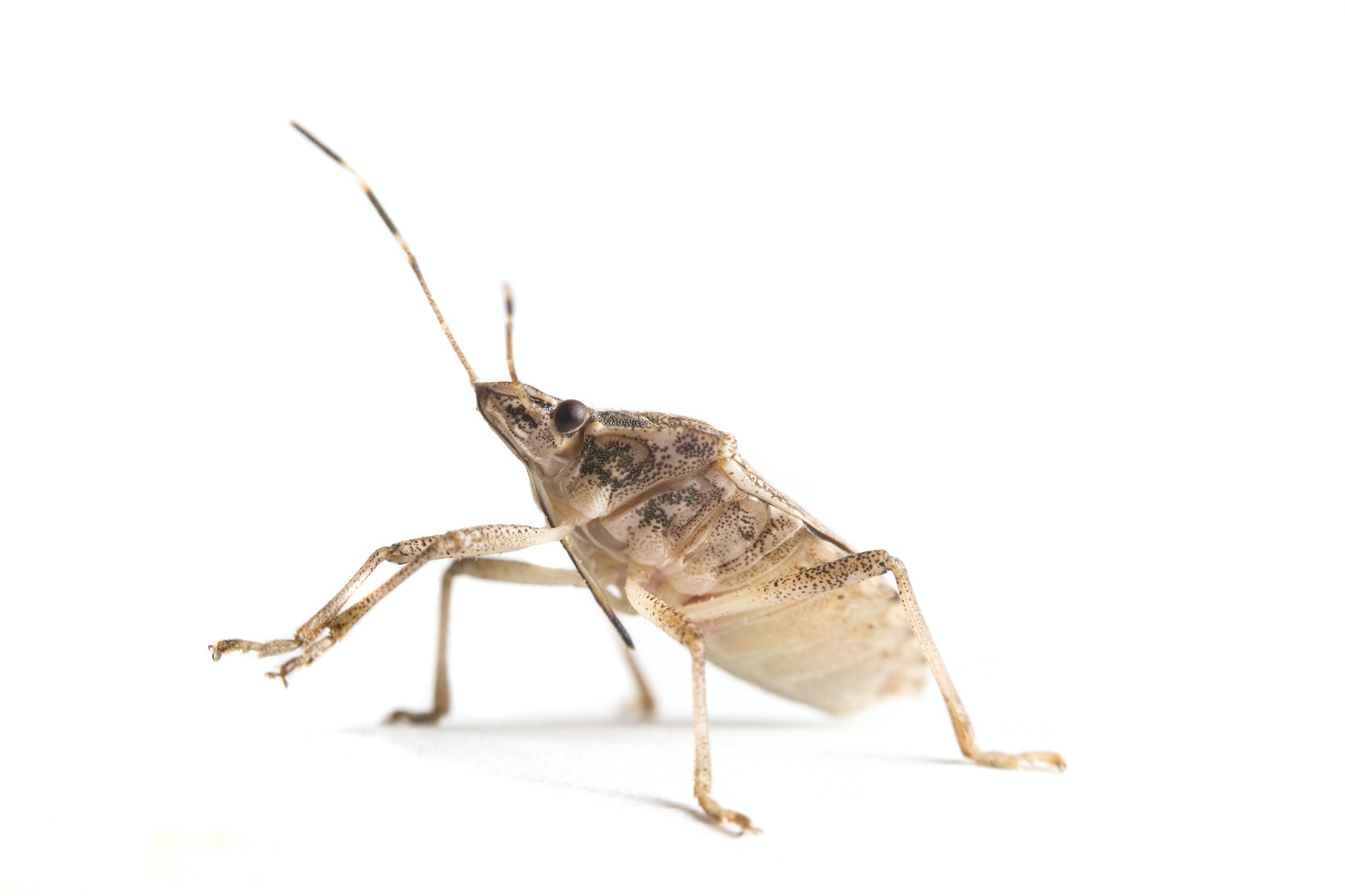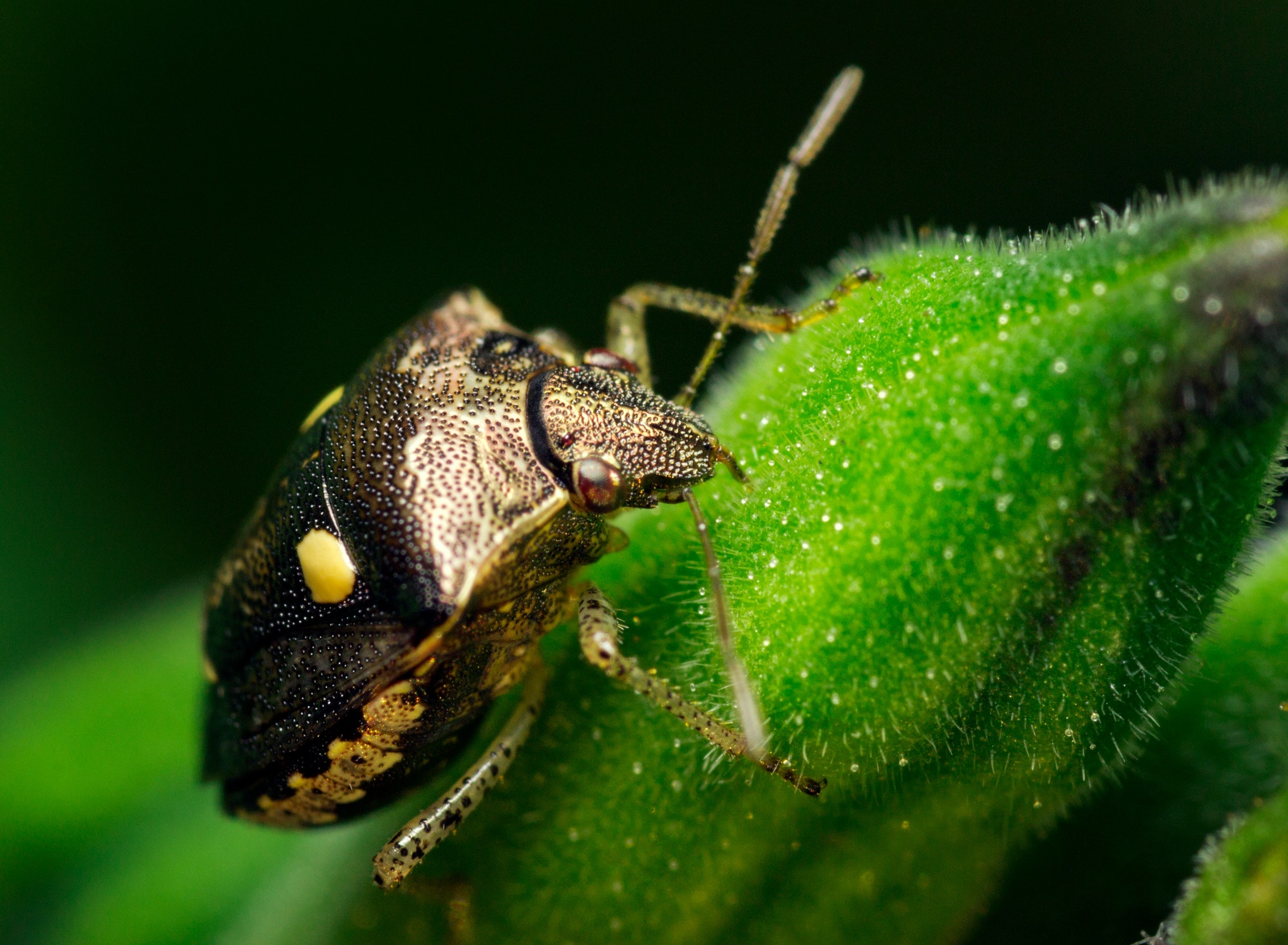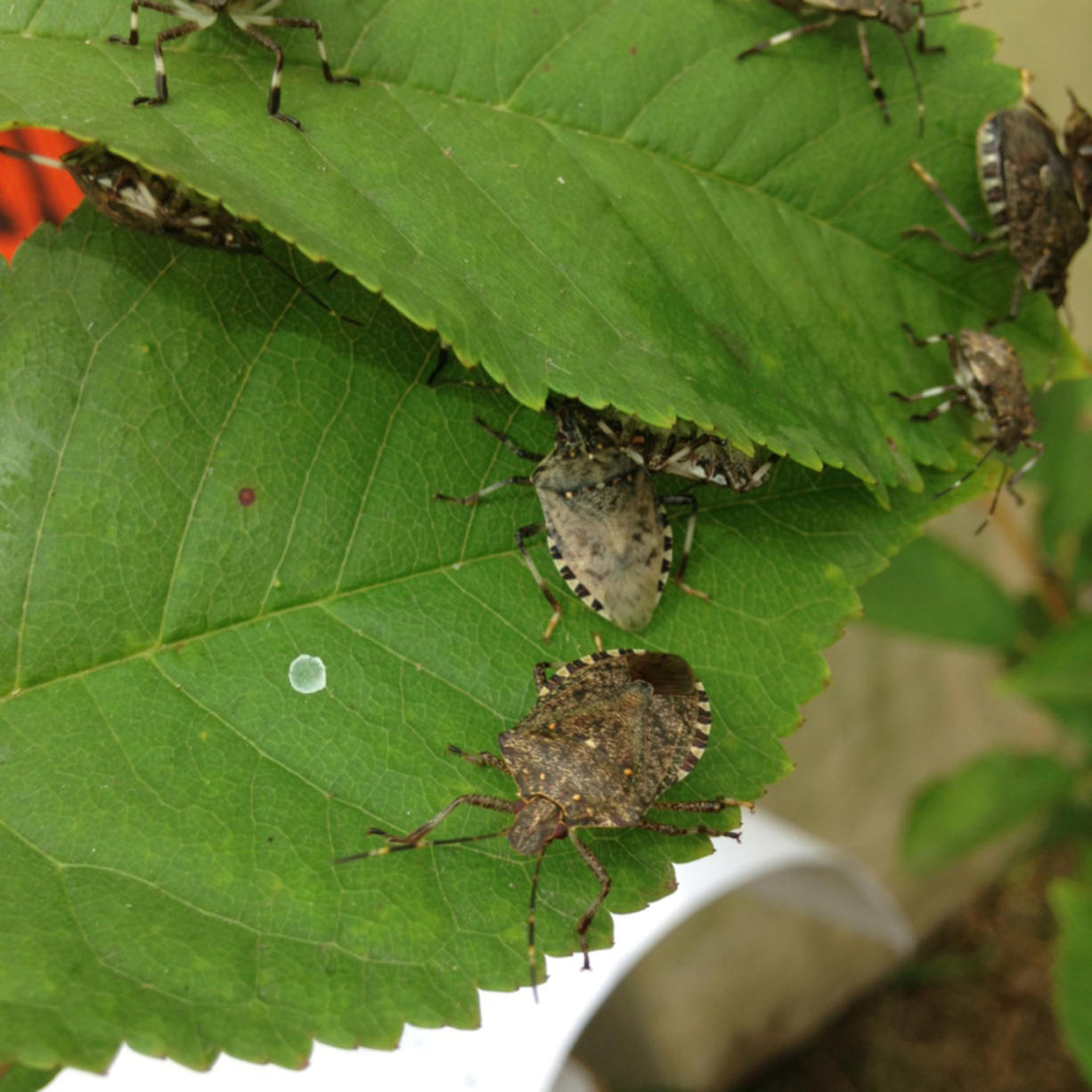Do Stink Bugs Actually Stink?
“Now don’t you go killing that bug in here, you’ll stink up the entire house!”
Stink bugs (sometimes called shield bugs) are originally from Southeast Asia, but have recently and quickly spread around the entire world. They are a nuisance of a creature, as they commonly invade our home leaving us feeling icky and unrested.
You might be compelled to kill a stink bug as soon as you see one of these pesky insects lingering around your home, but will probably take a second thought when you start to consider how they got their name in the first place- do stink bugs actually stink?
The simple answer to that question is yes, stink bugs do actually stink, but only at certain times and under certain conditions. Let’s look at when and how that could be.
Stink bugs have scent glands located between their middle legs. When threatened, the insect can produces a special type of chemical compound called aldehydes, and omit them into the air, letting off a foul smell that deters predators from harming them.

This is a type of defense mechanism which has let stink bugs be able to reproduce all over the world without having many or hardly any natural predators. While you may not be familiar with the name aldehyde, you might be familiar with the smell of this compound in its simplest form- formaldehyde.
Formaldehyde is commonly used for preservation of organisms, which you might have been around in a museum or in a biology or anatomy class in school. Yuck!
Now that you know stink bugs do stink, let’s look at some ways you can deter these creatures from cuddling up in your home. As the cooler weather starts to set in, stink bugs start to look for a warm place to coop up for the winter. There are some things you can do around your home to lower the attraction of stink bugs.

They are attracted to light, food, and moisture, so it is best to turn off outdoor lights at night, keep food sealed in air tight containers, and fix any leaks in or around your home. Remember that stink bugs are small, so they can easily fit through any small cracks in building materials or any small tears in screen windows or doors.
You should fill the cracks with a silicone, and replace ripped screen. Other good preventative measures are to use dehumidifiers in places like basements, attics, and garages. Make sure that all rooms are being properly ventilated, so that the bugs will have to no place to sit and stay.
Since stink bugs leave behind a sticky, bad smelling substance when killed, a good way to remove them from your home is to vacuum them up, and dispose of the vacuum bag immediately. With over 200 species of these bugs in North America alone, you will more than likely encounter an issue with stink bugs in your home at one time or another. The absolute best thing you can do is to have the pests exterminated before they can breed and multiply inside.








